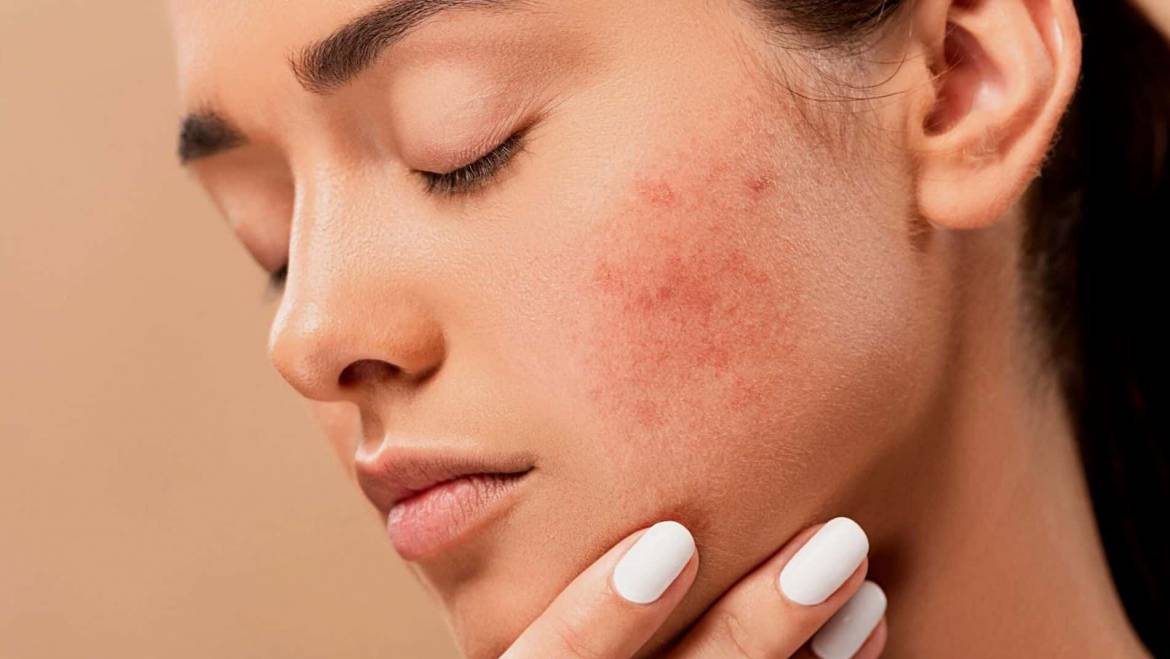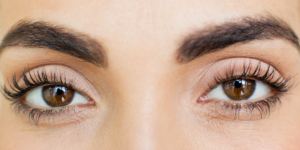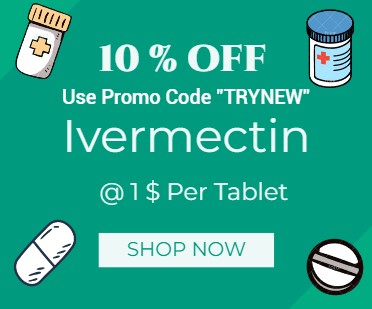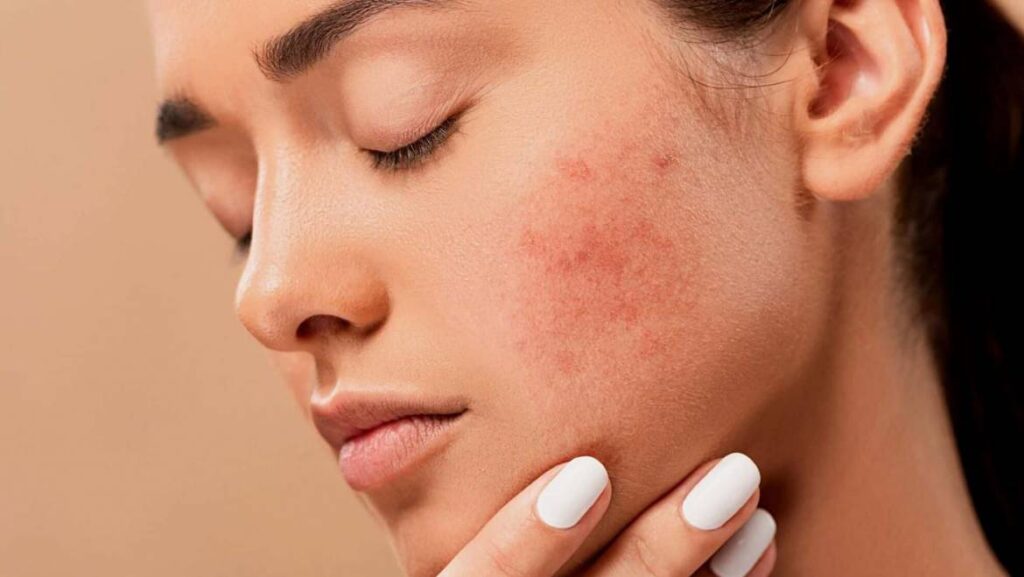
Acne is the most common skin problem among children and adults. It is estimated that 60 million people in the US have some form of acne. Some patients experience mild acne, whereas others get a more severe form of acne. Although there are many types of acne, the most common types include blackheads, whiteheads, pimples, blemishes, and severe acne.
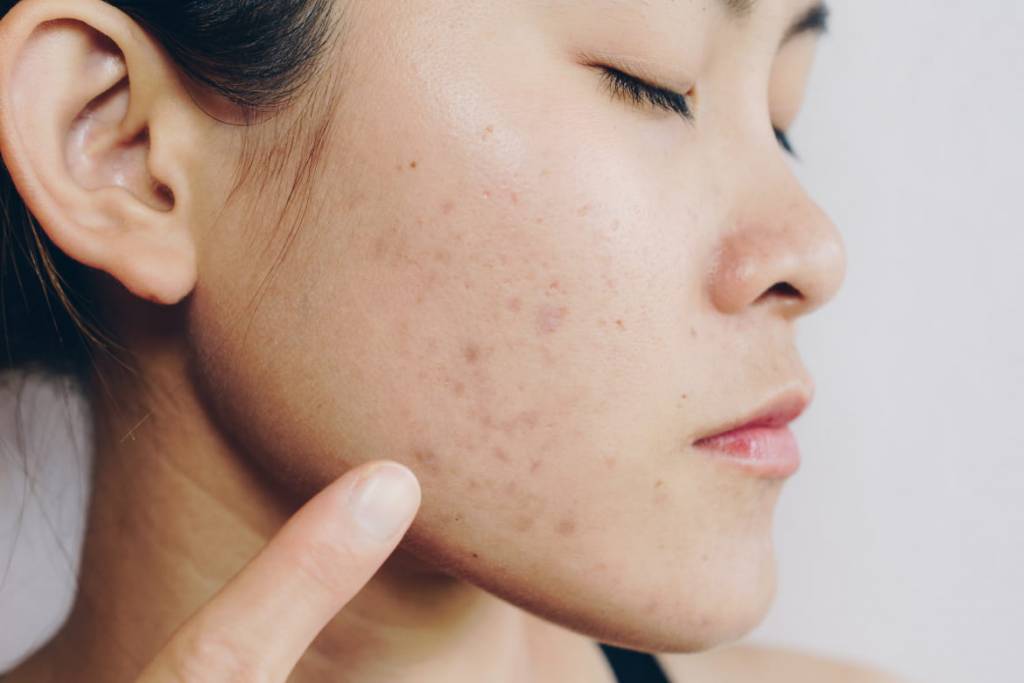
varieties of acne
Although the term “breakout” is sometimes used to refer to all types of acne, this isn’t always the case. Not every kind of acne spreads throughout the entire body. Acne can arise as a result of clogged pores. These could be caused by hormones, dead skin cells, germs, excessive oil production, and ingrown hairs. Although acne vulgaris is frequently linked to hormonal changes that occur throughout adolescence, acne can also affect adults. Acne is one of the most prevalent skin conditions affecting both adults and children in the US, affecting about 17 million individuals in some capacity. Determining the type of acne you have is essential to a successful and efficient course of therapy. Either inflammatory or non-inflammatory acne can occur. Subcategories of acne that fall into these two groups include nodules, cysts, blackheads, whiteheads, pustules, papules, and fungal acne. Acne can manifest in more than one type at the same time. In certain circumstances, the severity may even warrant scheduling a dermatologist visit.
- acne that is not inflammatory
Whiteheads and blackheads are both considered forms of non-inflammatory acne. Normally, these don’t make you swell. Additionally, they react to over-the-counter medications really effectively. Salicylic acid is a common treatment for acne, although it is most effective in treating non-inflammatory acne. It exfoliates the skin and gets rid of dead skin cells, which are the cause of blackheads and whiteheads. Check for this anti-acne ingredient in moisturizers, toners, and cleansers.
Whiteheads:
When dead skin cells and sebum block the pores in the skin, whiteheads appear. It seems to be a little lump protruding from the skin. Because the skin pores have already closed, treating whiteheads is more difficult. In certain situations, salicylic acid-containing skin care products can be useful. Topical retinoid therapy proves to be revolutionary. Adapalene is currently offered as an alternative to retinoid. Stronger topical retinoids are available with a prescription from your dermatologist if it proves ineffective.
Blackheads: Blackheads are the result of dead skin cells and excess oil clogging a pore. Even though the majority of the skin pore is clogged, the top of the pore remains open. When observed on the skin’s surface, these appear black.
Treatment available for non-inflammatory acne
Over-the-counter cleansers, moisturizers, gels, toners, and creams can treat non-inflammatory acne blemishes. They often combine a mixture of ingredients. The active skincare ingredients that help down black and whiteheads include salicylic acid, adapalene, azelaic acid, and benzoyl peroxide. In addition, several home remedies and lifestyle modifications can also help reduce most minor-to-mild types of non-inflammatory acne. These are:
- Staying hydrated
- Applying non-abrasive cleansers
- Washing with lukewarm water and mild soap/cleanser twice daily
- Limiting sun exposure
- Always wearing sunscreen when outdoors
- Avoiding over-rinsing/scrubbing or irritating skin
- Inflammatory acne
Pimples that appear red and swollen are known as inflammatory acne. Although excessive oil and dead skin cells result in inflammatory acne, bacteria can also clog pores. Bacteria can give rise to an infection deep beneath the skin’s surface. This may result in painful acne spots that are difficult to treat. Products containing benzoyl peroxide may help reduce swelling and swelling and help get rid of bacteria within the skin. These can also remove excess oil from the skin’s surface. Dermatologists may prescribe an oral or topical antibiotic along with the benzoyl peroxide formulation to treat inflammatory acne. A retinoid formulation also plays a crucial role in treating inflammatory papules and pustules.
- Pustules (pimples)
Pustules are sensitive, bigger lumps that have a pus-filled circular center. Sometimes the skin seems darker, while other times the pustule’s surrounding area appears red or pink. The white or yellowish pus in the pustule is usually the result of bacterial and immunological cells building up in the clogged skin pore. Pustules typically manifest as larger, more inflammatory whiteheads.
Papules
Bumps that show up beneath the skin’s surface are called papules. With a diameter of less than one centimeter, they are minuscule. They will seem substantial, risen, and tender. A papule’s surrounding skin is usually irritated as well. In contrast to whiteheads, papules lack apparent cores and do not have enlarged pores like blackheads do.
Nodules
Nodules are hard lumps that form deep within the skin that are inflammatory. Similar to nodules, these also lack a head that is apparent. Severe acne that results in skin issues including hyperpigmentation or scarring is categorized as nodules. When clogged pores spread and grow beneath the skin’s surface, severe acne like this one appears. Usually, home treatments are ineffective for treating nodular acne since it is located so deeply in the skin. In order to treat them, prescription medications are needed. Most likely, your dermatologist will suggest taking isotretinoin orally. For four to six months, this is taken daily and is made with vitamin A. It works by shrinking the size of the oil glands in the pores to successfully avoid nodules.
- Cysts
Cysts are bigger, painful, red or white bumps deep in the skin. These are filled with pus and are typically soft to the touch. Cysts are severe forms of acne; in some cases, an individual having cysts requires surgical intervention. If left untreated can lead to visible scarring.
Treatment options for Inflammatory acne
Because these severe inflammatory blemishes can’t be treated at home, they require medical attention. A dermatologist may prescribe a combination of medications and procedures to treat nodules and cysts. These include:
antibiotics, such as amoxicillin and doxycycline
isotretinoin is one type of retinoid.
Oral contraceptives for acne caused by hormones
To eradicate the microorganisms, use photodynamic therapy.
injection of steroids
Conclusion
The best method to get a precise diagnosis and course of therapy is to see a dermatologist. It’s vital to remember that in certain situations, receiving professional help may be your only option for completely curing and controlling your acne.
